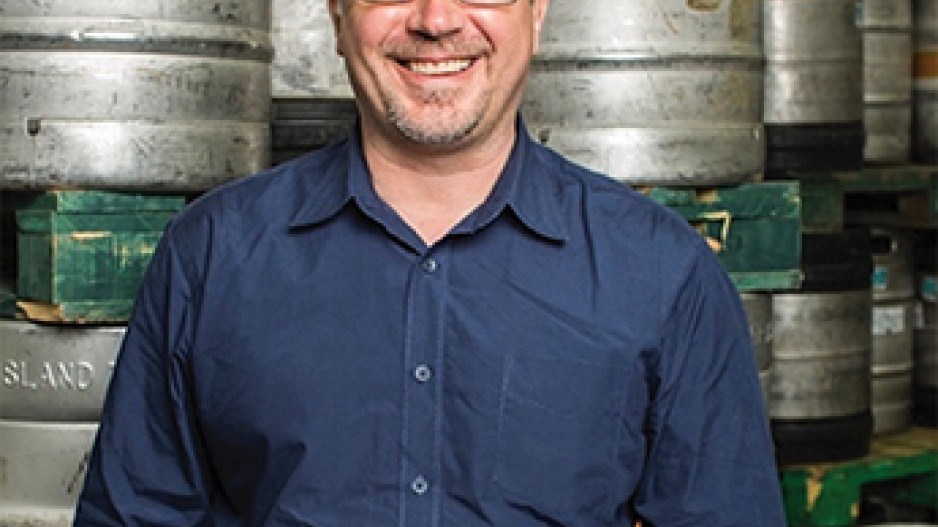With more than 130 craft breweries and counting in B.C., consumers are expecting higher-quality beers for their money, raising the taste bar in the province and pushing one of B.C.’s oldest craft breweries to start afresh.
Founded in 1984, Vancouver Island Brewery (VIB) was among the first modern Canadian craft brewers – a group that included Horseshoe Bay Brewing, Spinnakers Brewpub in Victoria and Granville Island Brewing.
VIB operated for more than 30 years until July 2016, when Barry Fisher sold it to Bob MacDonald, owner of Ontario’s Muskoka Brewery. MacDonald technically owns VIB, but the brewery’s everyday business operations and management decisions were entrusted to Tim Barnes, VIB’s new president.
The ownership change comes during a time when B.C.’s craft beer market has never been more competitive. In 2010, the provincial government identified 54 craft breweries in B.C.; there are now more than 130.
According to Barnes, VIB had been in a slow decline before the change. The rebranding is an effort to attract a younger audience, prompted by a Level5 Strategy Group survey that found younger consumers thought of VIB’s product as their “dad’s beer.”
“We were losing our place in the craft brewing scene,” Barnes said. “I think in a lot of ways it lost relevance with a lot of craft beer consumers. … We needed to step up our game. So, instead of taking an incremental approach, we took the approach of ‘we need to completely rethink this brewery,’ and we started with the products.”
Joe Wiebe, author of Craft Beer Revolution: The Insider’s Guide to B.C. Breweries, said changing technology is a major reason why the craft beer scene is evolving.
“I think the amount of knowledge being shared among brewers online raises the level of quality,” Wiebe said. “And then there’s also the quality of brewing technology, which is much more advanced than it ever was. Breweries have better techniques and better equipment to work with, so the quality of beer is definitely better.”
With the goal of making better beer, VIB started by upgrading its equipment and facilities. First thing on the list was a new mill, making brewing more efficient. The brewery then switched to a centrifuge model to strain the beer instead of using traditional filtering. The company said this preserves more hop flavour in the beer.
The next step was to invest in better ingredients, which was expensive. Over the last year, VIB’s ingredient costs went up 30% to 50% when it switched from a two-row grain to a pricier Pilsner malt as its main ingredient. VIB intends to spend upwards of $500,000 on base grain this year, according to Barnes.
VIB’s last step was to invest in a brighter, colourful beer label in shades of blue, yellow and red to make the product stand out on the shelves.
“We went from a brand that was shy and understated to one that was ‘look at me’ on the shelf,” Barnes said. “That’s part of what we wanted to do, to make it more youthful and energetic.”
Wiebe said it’s too early to tell whether the company’s rebranding will lead to greater success, but it looks to be a positive move overall.
“VIB was probably due to be rejuvenated for a while now, so in that sense this change is positive,” he said. “I know the new employees brought in at the higher management levels have a lot of experience in the marketplace, and they are definitely excited by this opportunity to rebuild and rebrand such an iconic operation.”•




